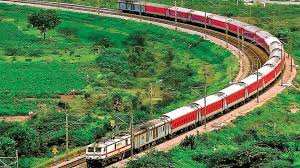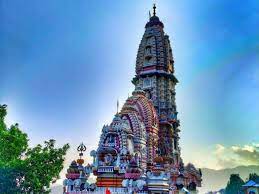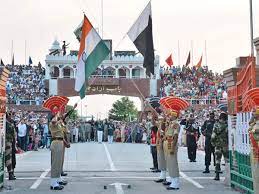Highest Rainfall Places in India

India is a
country where every year, the weather changes with the time. In some parts of
the country, there is snowfall and winters most of the month in a year, then in
some areas, there is also severe heat and in some months India receives heavy
rainfall with the arrival of the monsoon. Rainfall is not the same everywhere in India.
According to the nature of nature, it rains a lot in some places, while
some other parts are facing drought.
One of the
most beautiful gifts of nature is rain, on which more than half of the people
of the country depend. It would be surprising to know that there is such a
place in India, where it rains the most in the world. Due to its vast
geographical location, nature has given some places where it rains a lot. Arunachal Pradesh, Sikkim, West Bengal,
Odisha, Uttarakhand, Kerala, and
Karnataka are mainly known for the highest rainfall in India. Due to
excessive rain, the natural environment in these areas becomes very beautiful;
there is always greenery all around.
The life of
the people living in rainy places depends a lot on the climate there. In places like Masinram and Cherrapunji, where the weather is always humid, the clothes,
food, and work of the people are completely different from those living in the
desert. It rains continuously in these parts. Because of this, there is no
possibility of farming here. That is why everything here comes from other
villages and cities. The goods here are sold by wrapping them in plastic and
drying them with a dryer. Here people always keep umbrellas made of bamboo with
them. People wear raincoats to go to work. So let's see which are the wettest
places in India.
1. Mausinram, Meghalaya
Mausinram is
recognized for having the highest rainfall in the world, with a good location
but the heaviest rainfall. Situated in the Khasi Hills of Meghalaya, Mausinram
may receive around 12000 mm of rainfall during the monsoons. Many waterfalls
can be seen along the roads leading here, which are formed due to excessive
rain.
The name of
this village has been recorded in the Guinness
World Records as the place with the highest rainfall. It attracts thousands
of tourists every year to witness the serene beauty embodied in the womb of
Meghalaya which literally means 'Abode of
the Clouds'. You can visit Mausamai
Caves, Mausamai Falls, Nohlikalai Falls, and Mawlingbana by staying at this lush green place. The best time to
visit here is from April to June. During this, the environment here is very
calm and beautiful, which attracts many tourists. One can plan a trip between
July and October to witness the mesmerizing ambiance of Mausinram.
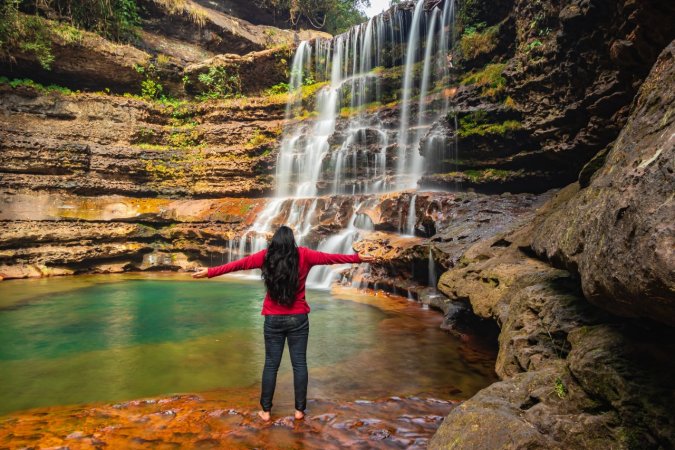
2. Cherrapunji, Meghalaya
Cherrapunji
is the second highest rainfall place in India. Nestled between two hill
valleys, Cherrapunji receives over 11,500 mm of rainfall every year. It is
known for its pristine and picturesque landscape and is an ideal place to
relax. Cherrapunji surely makes you feel rejuvenated by its untouched beauty
and alluring pleasant air all around. These places have many attractions like Double Decker Living Root Bridge, Doki,
Mawlynnong, Nohkalikai Waterfalls, Mausamai Cave, Krem Phyllut, etc. The Double Decker Living Root Bridge is
famous all over the world; the visit to Cherrapunji is incomplete without
visiting here.
Cherrapunji
receives rainfall throughout the year, however, the months between October and
May are considered the best time to witness the wonderful beauty of the lush
green nature.
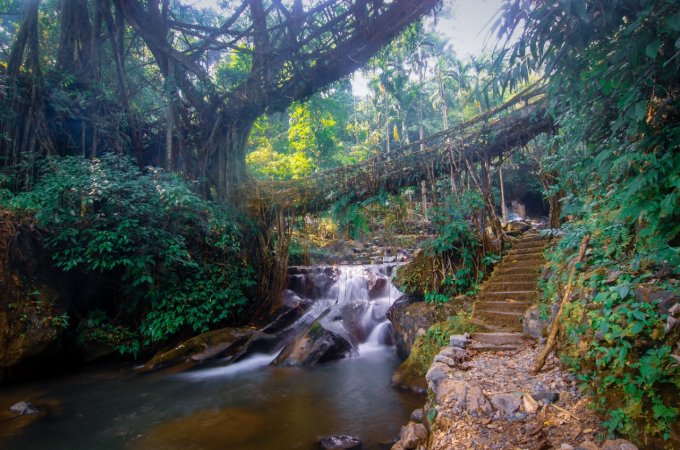
3. Agumbe, Karnataka
Agumbe is a
small village in Tirthahalli taluk in South India which comes under the Malnad
region. It is the rainiest place in Karnataka. One can watch the beautiful
sunset over the Arabian Sea amidst the beautiful and serene environment which
will give you a different experience. It receives the highest rainfall in
southern India. The region also has beautiful waterfalls and various flora and
fauna of Agumbe which attracts tourists from all over the world. Barkana Falls, Kunchi Falls, Onake Abbi
Falls, and Koodlu Thirth Falls can be seen in this serene village of
Karnataka. Agumbe also has various trekking adventures for nature lovers, where
one can enjoy adventure amidst nature.
If you want
to enjoy beautiful waterfalls then planning a trip to Agumbe in April and May
will give you a mesmerizing experience.
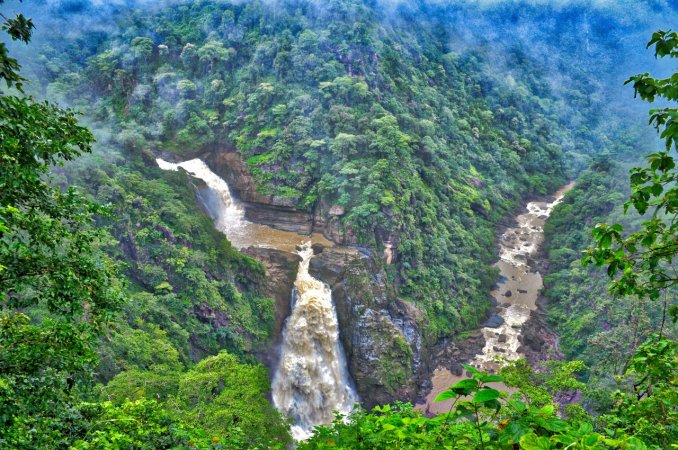
4. Gangtok, Sikkim
The capital
of Sikkim, Gangtok receives an annual rainfall of over 3,700 mm which is enough
to give you a pleasant holiday experience with family and friends. You can
visit the exclusive Khangchendzonga National Park for fun wildlife
exploration and visit Rumtek Monastery
to make your vacation more memorable.
You can
visit this magnificent beauty during the months of September and October or
during the months of March to June when the weather is more pleasant.
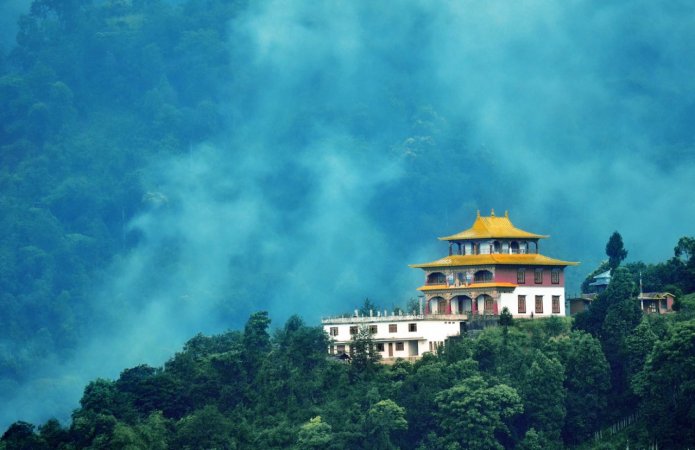
5. Pasighat, Arunachal Pradesh
Adjacent to
the Brahmaputra River, Pasighat is known as the 'Gateway to Arunachal Pradesh'. This place is a suitable
place for photographers as it comprises abundant natural scenery. One can
enjoy adventurous activities like white river rafting, boating, and angling.
Pasighat receives over 4,300 mm of rainfall annually. The confluence of
beautiful tea gardens, serene atmosphere, and adventure attracts tourists to it
throughout the year.
Deing Ering Wildlife Sanctuary,
Pangin, Kekar Moning, and Konsing are the major
attractions of Pasighat. This place is preferred in summer and attracts
tourists who like to roam due to its natural beauty.
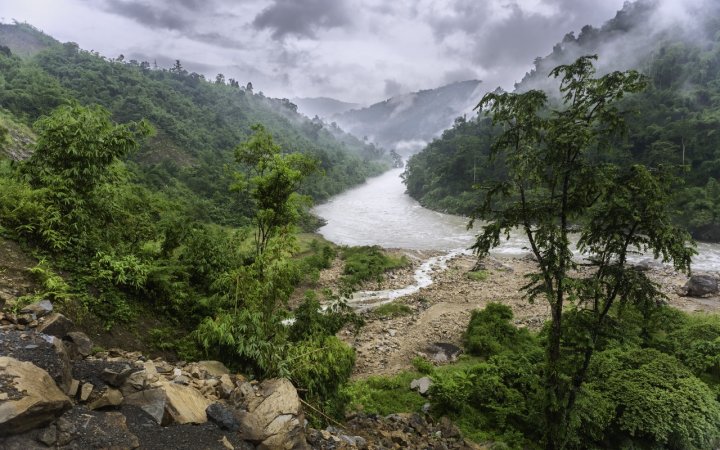
6. Mahabaleshwar, Maharashtra
A hill
station in the Western Ghats, Mahabaleshwar is famous for its rivers, spectacular
waterfalls, and majestic peaks. It is one of the rainiest places in India,
located in the Satara district of Maharashtra. The place has ancient temples,
lush green forests, waterfalls, valleys, and much more that attracts thousands
of tourists for this nature's bounty. This place has natural and religious importance;
here is the ancient temple of Shiva. Here one can get attractive views of Elephant's Head Point, Chinaman Falls, Dhobi
Waterfall, Arthur's Seat, Venna Lake, and
Wilson Point.
Mahabaleshwar
has made its place in the list of places with the highest rainfall in India in
2021. The best time to visit Mahabaleshwar is from December to February.
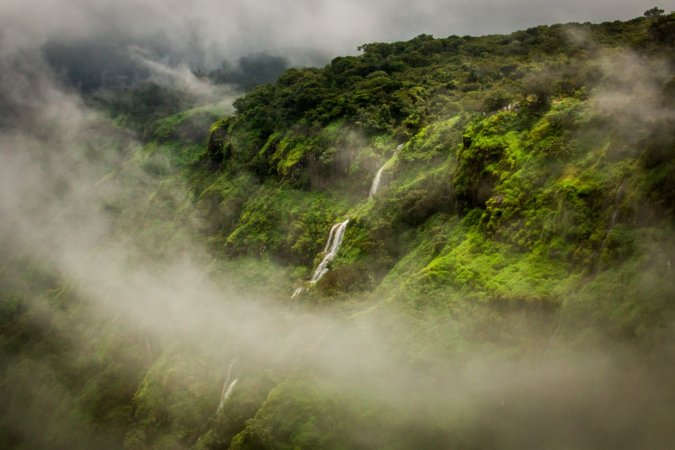
You may like post

HIDDEN INDIAN SITES WORTHY OF UNESCO
Exploring India’s Sites That Should Be on the UNESCO World Heritage List

WITNESS THE MAGIC OF TULIP SEASON ACROSS INDIAs SCENIC LANDSCAPES
Discover Tulip Blooms in India’s Most Beautiful Spring Destinations




